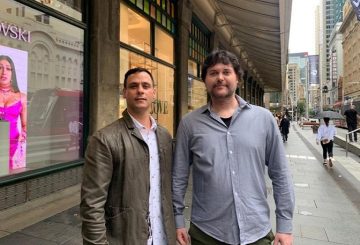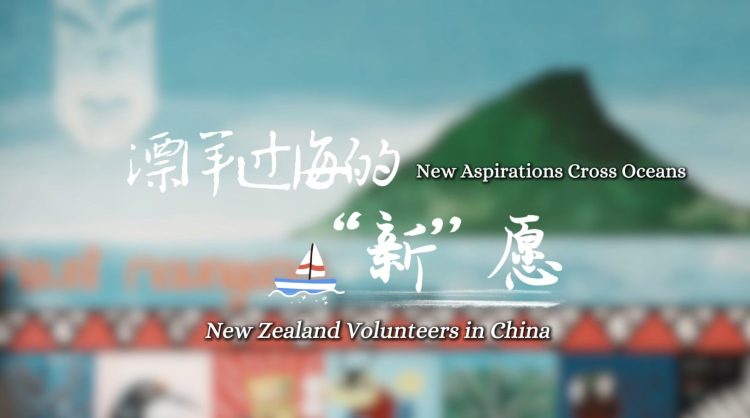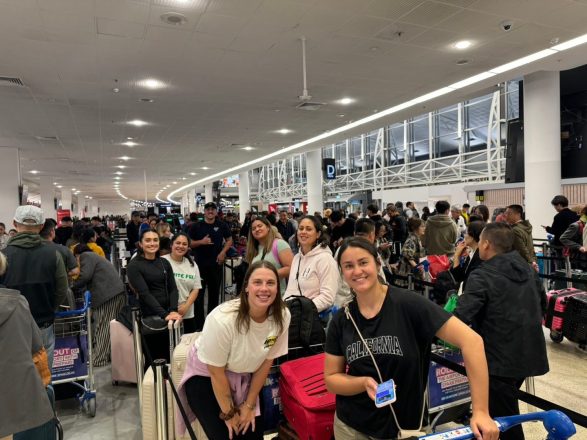Arts and culture offer comfort and joy, especially during challenging times. They promote wellbeing, unite communities, and strengthen social bonds.
However, New Zealand’s creative sector is in a crisis. Even though the government has given an extra NZ$22 million to Creative New Zealand Toi Aotearoa, the sector’s financial challenges point to a lack of broader strategy from the Manatū Taonga Ministry for Culture and Heritage.
Over the past three years, the pandemic has disrupted the arts scene in Aotearoa. Auckland’s Silo Theatre paused its 2023 programmes, highlighting the impact of the pandemic on arts funding and attendance. Recent events, like Auckland’s floods and Cyclone Gabrielle’s destruction, further hindered arts recovery. Auckland Pride faced disruptions, and the Napier Art Deco Festival was cancelled.
Finances in the creative sector are concerning. In 2019, creative professionals earned an average of NZ$36,000 a year, below the living wage. Costs are rising for both artists and audiences due to inflation. Despite the demand for funding, Creative New Zealand’s grant success rate has decreased. Their latest funding round, which had a limit of 250 applications, opened and closed within 24 hours, highlighting the stress for artists.
The Ministry for Culture and Heritage has been administering new funding schemes during the pandemic, often neglecting core arts and culture activities. With the end of COVID recovery funding soon, the absence of a long-term government strategy is worrying.
Comparatively, Australia’s approach to arts is more proactive. While Jacinda Ardern’s Labour government has spoken positively about the arts, actual investment has been lacking. On the other hand, Australia’s Anthony Albanese’s Labor government is dedicating A$286 million over four years to its Revive National Cultural policy. This offers insights for New Zealand on how to form a comprehensive cultural policy.
For New Zealand, a national strategy could maximise resources and highlight the importance of ngā toi (arts and creative expression). Ngā toi is seen as vital for mental and spiritual health.


















































-360x245.jpg)










